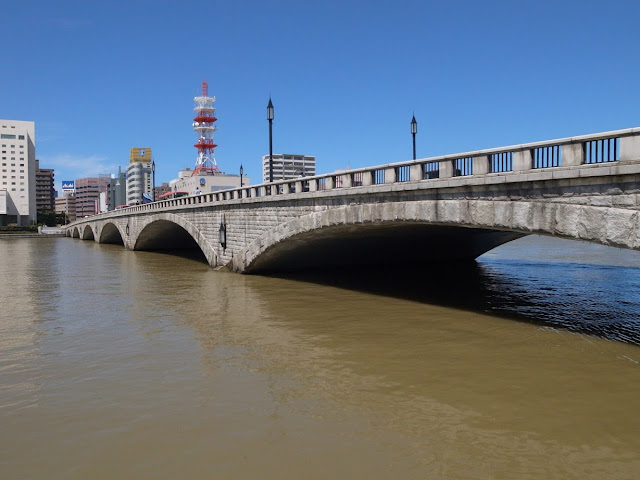力を伝達する形 Shapes that transmit forces

形の工学で扱う「力」は,形の内部に分布し変形を引き起こす「力」,形の動的な動きに大きな影響を与える慣性力としての「力」,そして,ここで扱う,形(機構/機械)を構成する機械要素間を伝達する「力」の三種類の「力」に代表される。機械要素間で伝えられ力は,例えば,ピストン機関のように直線的な往復運動を回転運動の力に伝達する機構や,その反対もある。 The forces involved in the engineering of forms consist of three kinds of “force”: “force” which is distributed inside a form and causes its deformation; “force” as an inertial force which has a great influence on the dynamic motion of the form; and “force” which is transmitted between the mechanical elements which constitute the form of a mechanism or machine. The forces transmitted between the mechanical elements can be, for example, mechanisms that convert a linear reciprocating motion into a rotary force, as in a piston engine, or vice versa. 下の民具は,現在でも資料館などでは稼働するものもあるが,人力による往復運動を回転運動に変換し,その回転により稲穂の脱穀の機能を具現化する。 The folk implement shown below, which can still be seen in operation in some museums by way of a demonstration, carries out the function of threshing rice by converting the reciprocating motion of human

.PNG)
